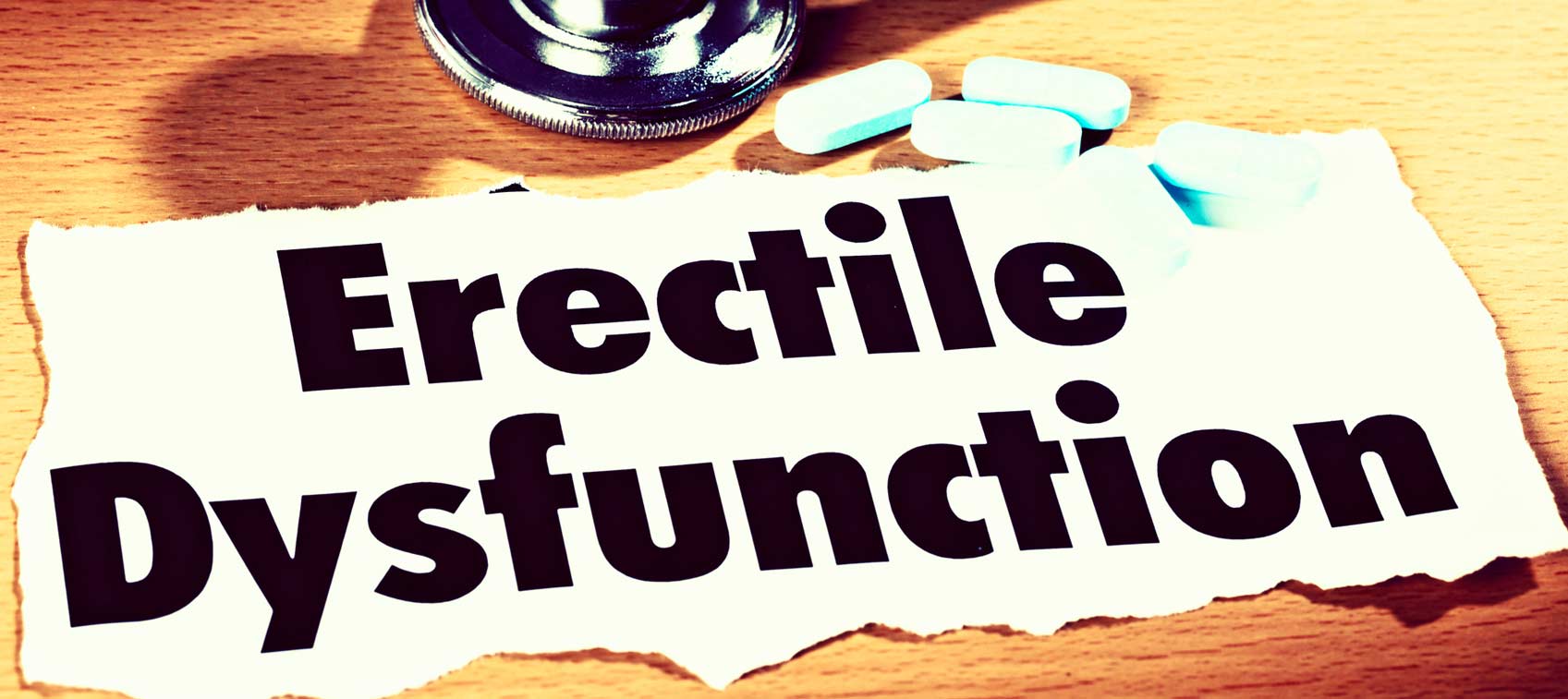
An estimated 30 million American men are affected by erectile dysfunction. It may surprise you to learn that my number-one recommendation for erectile dysfunction is Viagra and related drugs. They are a true breakthrough.
Erections occur when the penis is engorged with blood. Sexual arousal triggers the release of nitric oxide in the penis. This leads to the production of cyclic guanosine monophosphate (cGMP), which relaxes and dilates the smooth muscles of the penile arteries and erectile tissues and allows them to fill with blood.
One problem in erectile dysfunction is that as much blood flows out of the penis as flows in. An enzyme called phosphodiesterase-5 (PDE5) breaks down cGMP before erections have a chance to arise. Viagra and similar drugs, which are called PDE5 inhibitors, simply inhibit PDE5 so cGMP remains active, the arteries stay open, and erections can develop.
Big Pharma claims that oral erectile dysfunction drugs are effective 75–85 percent of the time. Independent research, however, suggests it’s closer to 60 percent, especially in older men and those who have underlying conditions that increase erectile dysfunction risk, such as diabetes, heart disease, hypertension, obesity, sleep apnea, neuropathy, multiple sclerosis, and nerve damage related to prostate cancer treatment.
But before you give up on erectile dysfunction drugs, I suggest trying a “sister” medication. For example, if Viagra isn’t helping, Cialis or Levitra might. A higher dose may also do the trick. (Note: These drugs can’t be taken with nitroglycerin and other nitrite drugs, and while generally well tolerated, some men experience headaches, nasal congestion, vision problems, upset stomach, flushing, and other side effects.)
For men with a low testosterone level, testosterone replacement therapy may help. Increased libido and erectile function are among the many benefits of boosting levels of this hormone into the range of a healthy young man.
Natural Remedies for Erectile Dysfunction
If these drugs don't work for you, don’t despair. There are alternative treatments. One of them is local injections of prostaglandins, which promote erections by relaxing the smooth muscles and dilating the arteries of the penis. I understand that the idea of sticking a needle in your penis is enough to make grown men cringe. However, it’s not as painful as it sounds. You simply self-inject the drug 10–15 minutes before sex and generally get an erection that lasts 30–60 minutes. These drugs are also available as suppositories and gels, but their success rates are considerably lower.
Another oldie but goodie is vacuum constriction. The penis is placed in a cylinder, air is pumped out to create a vacuum that draws blood into the penis, and a constriction band around the base of the penis helps maintain the erection. It takes some practice, but it works and it has few side effects.
Lifestyle Changes Improve Erectile Dysfunction
Because erections are intimately related to blood flow, many of the lifestyle measures for cardiovascular health go a long way toward enhancing erectile function. Exercise is particularly important. In addition to boosting nitric oxide and improving vascular function—key components of erections—exercise strengthens the pelvic floor muscles, which helps decrease the outflow of blood from the penis, another critical factor in maintaining erections.
On the dietary front, leafy greens, beets, and other nitrate-rich vegetables increase nitric oxide synthesis, and a recent study showed that a diet rich in flavonoids, abundant in berries, citrus, green tea, red wine, and dark chocolate, reduced risk of erective dysfunction by 21 percent.
Another lifestyle factor that merits mentioning is smoking. If you want to encourage the young men in your life to stop smoking, tell them it’s the leading cause of erectile dysfunction in men under age 40.
Supplements for Erectile Dysfunction
A deficiency in vitamin D has been linked with not only low testosterone but also increased risk of erectile dysfunction. Supplemental D improves both conditions. In one study, researchers enrolled 102 middle-aged men, treated them for vitamin D deficiency, and followed them for 12 months. As vitamin D levels climbed during that time, the men had significant increases in testosterone levels and erectile function scores. Take 2,000–5,000 IU of vitamin D3 per day.
The amino acids L-arginine and L-citrulline increase synthesis of nitric oxide, which is the trigger for erections. Herbs such as ginseng, ginkgo, maca, tribulus, horny goat weed, and yohimbe have a history of traditional use and are often included in male enhancement products.
I’m most impressed with Pycnogenol because this extract (from French maritime pine) has been studied in controlled clinical trials. In one study involving 50 men with moderate erectile dysfunction, taking a combination of Pycnogenol, L-arginine, L-citrulline, and roburins (extracted from French oak) for one month actually normalized erectile function.
Intimacy is an important part of life, and although this can be expressed in many ways, most men would agree that erectile function plays a central role in a satisfying sexual relationship. Rest assured that although erectile dysfunction is more common in older men, it is not a normal aspect of aging. Erections may not be as firm or spontaneous as they once were, but healthy men can expect to have active sex lives well into their golden years.


